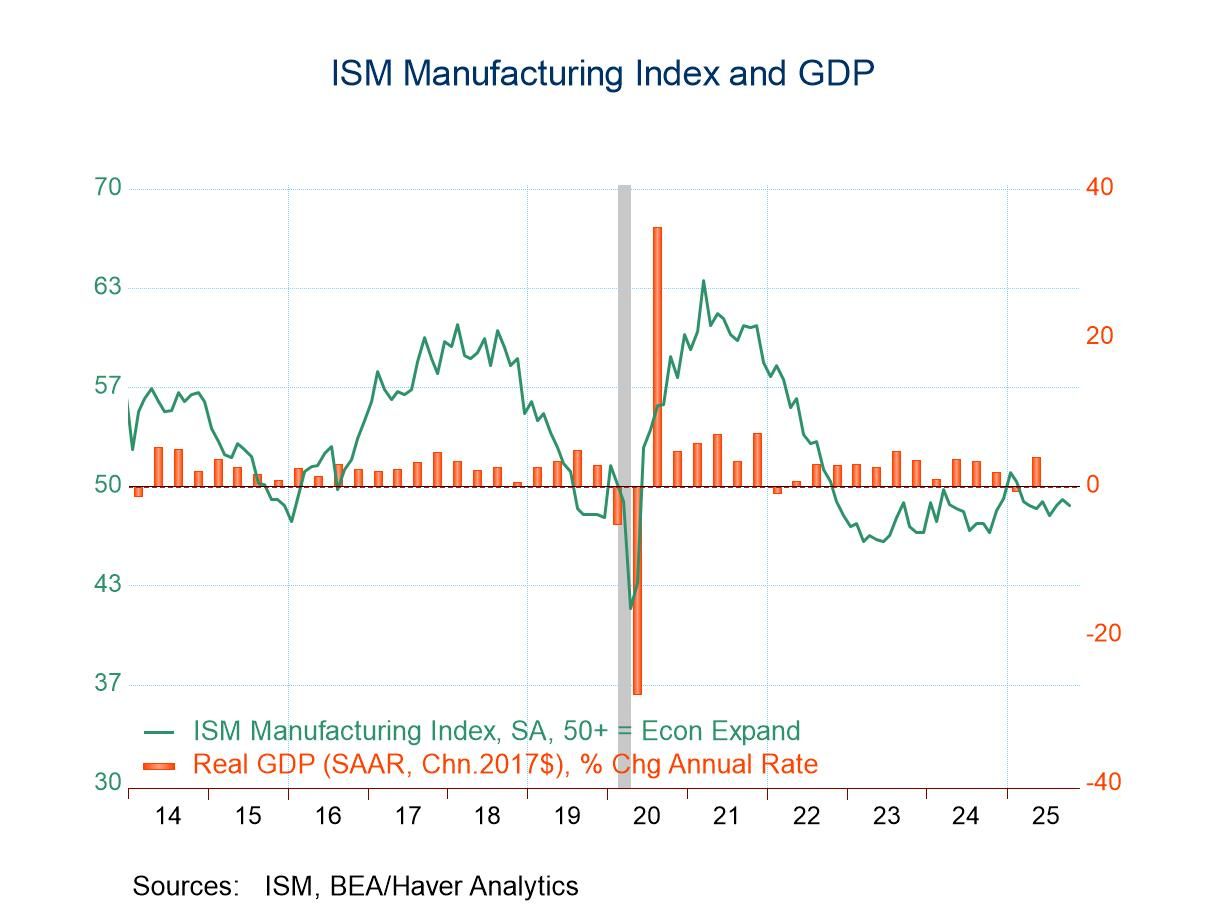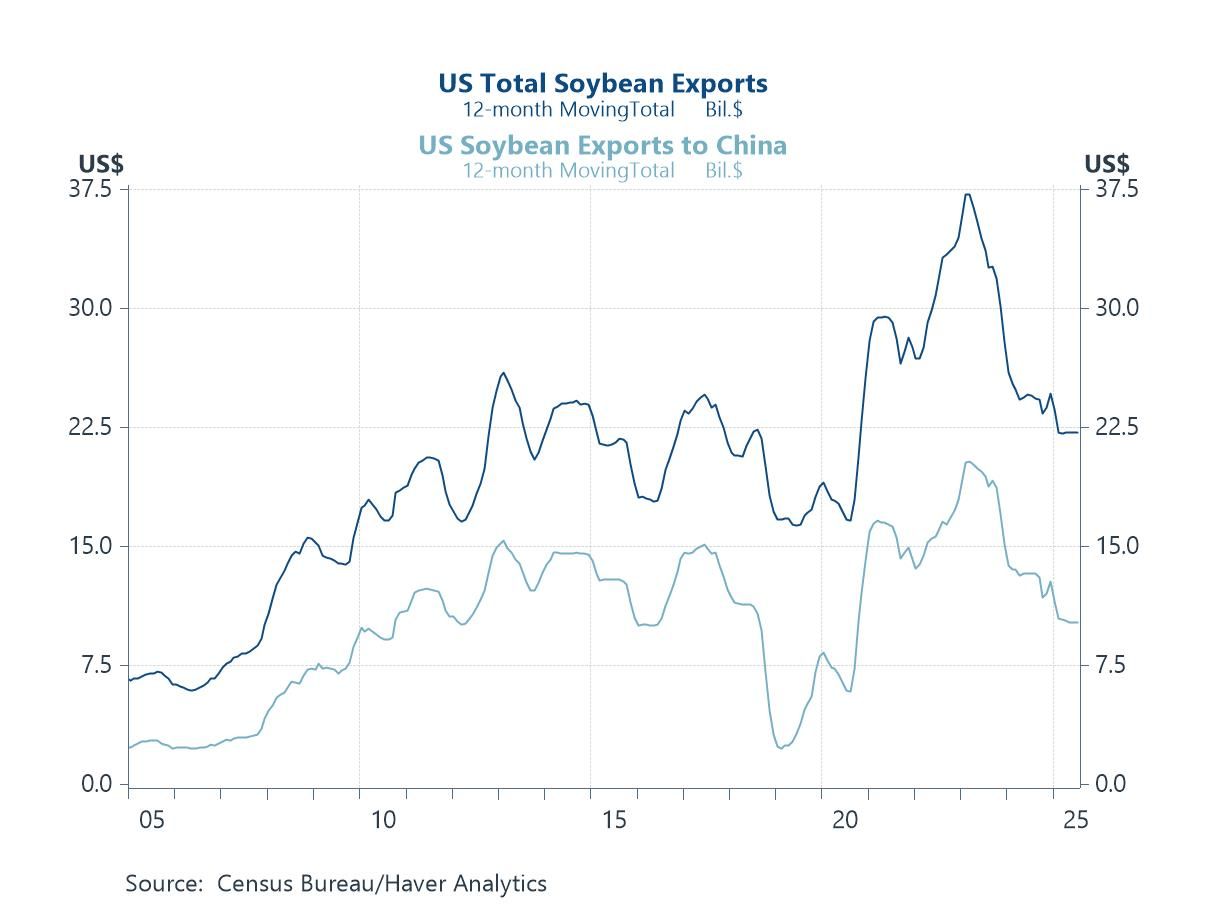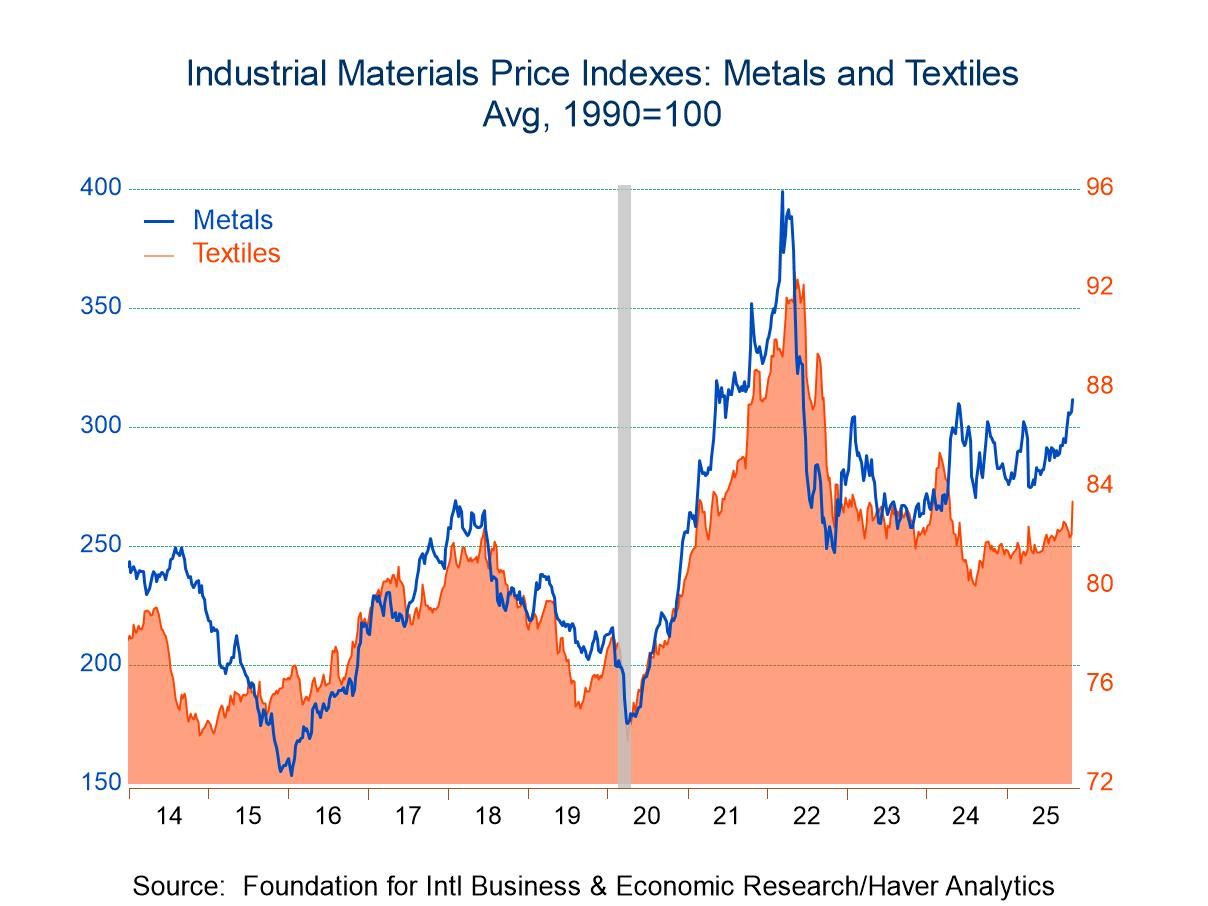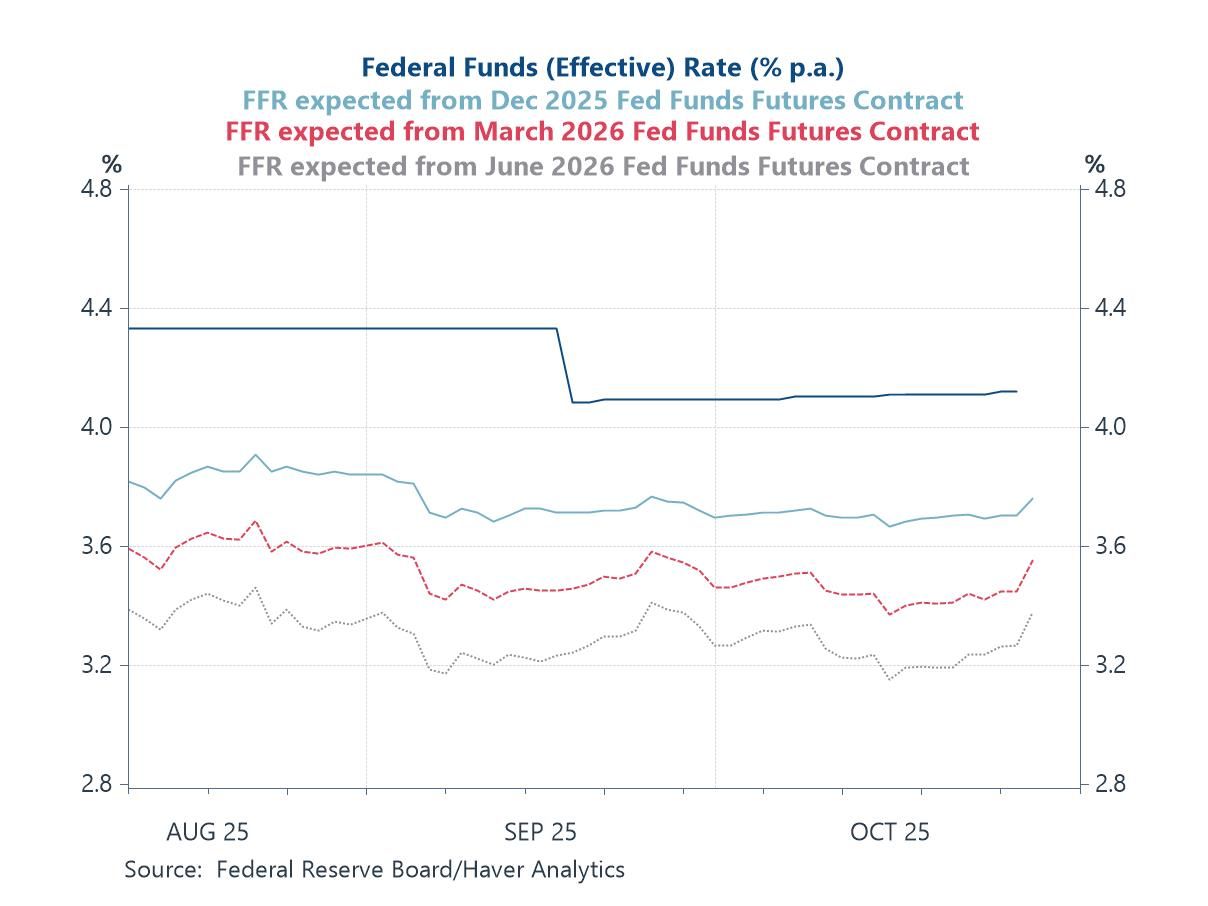 Global| Jan 28 2008
Global| Jan 28 2008US New Home Sales Off 41% in Last Twelve Months; Lowest Since 1995
by:Tom Moeller
|in:Economy in Brief
Summary
At the end of 2007, new single family home sales dropped 4.7% to 604,000 after falling 12.6% m/m during November. A sales rate of 649,000 was the Consensus expectation for last month. The full year, however, contained much worse news. [...]
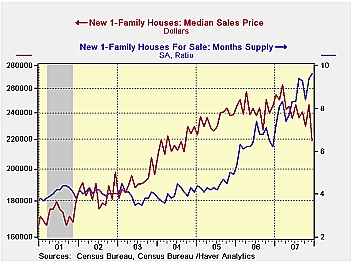
At the end of 2007, new single family home sales dropped 4.7% to 604,000 after falling 12.6% m/m during November. A sales rate of 649,000 was the Consensus expectation for last month. The full year, however, contained much worse news. New home sales during the twelve months of 2007 fell 40.7%. Since the monthly peak in July of 2005 the decline in sales to December totaled 56.5% and the latest was the lowest level since 1995.
For the full year new home sales plunged a record 26.3% from 2006. That decline followed an 18.6% drop in '06. Together, the 39.5% drop during 2006-07 just edged out the 1980-81 shortfall of 38.1%.
Sales in the Northeast rose a modest 6.0% (-27.4% y/y) last month and it was the fourth increase in the last five months. A bottom seemed to form as sales for the full year ticked down just 0.8% after a 22.1% downdraft during 2006. Sales in the Midwest conversely, plunged to a new low in the last two months of 2007. A 1.2% December drop came on the heels of a 37.7% plunge during November.
December sales in the South also searched out a new low with the ninth decline for the year, down 6.5% m/m. December to December sales in the South were off by more than one third and were down 52.7% from the 2005 peak. Sales out West, however, were the weakest of the country's regions with no bottom yet in view. The 6.0% m/m decline in December lowered sales from December 2006 by 42.9% and for the full year sales were off by one-third. The latest level of sales was down 67.7% from the monthly peak set during July of 2005.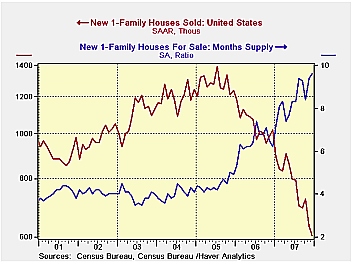
Sales declines did nothing for prices in 2007. For December a 10.9% decline more than reversed a 7.1% November rise. The downdraft left prices off 10.4% December to December and down 16.5% from the peak earlier this year.
The inventory of new homes for sale continued down as housing starts apparently fell more than sales. Homes for sale fell another 1.4% last month and the supply of homes is off 7.5% since December of 2006. The inventory of unsold homes is down most everywhere but the 20% decline in the Midwest is the largest of the four regions.
The decline in the number of homes for sale has not, however, kept up with the drop in home sales. At the current low sales rate, the 9.6 months' supply of homes on the market was more than double the rate for all of 2005 and it was the highest since 1981.
Rising Foreclosures in the United States: A Perfect Storm from the Federal Reserve Bank of Kansas City is available here.
| US New Homes | December | November | Y/Y | 2007 | 2006 | 2005 |
|---|---|---|---|---|---|---|
| Total Sales (SAAR, 000s) | 604 | 634 | -40.7% | 773 | 1,049 | 1,279 |
| Median Price (NSA, $) | 219,200 | 245,900 | -10.4% | 242,383 | 243,067 | 234,208 |
Tom Moeller
AuthorMore in Author Profile »Prior to joining Haver Analytics in 2000, Mr. Moeller worked as the Economist at Chancellor Capital Management from 1985 to 1999. There, he developed comprehensive economic forecasts and interpreted economic data for equity and fixed income portfolio managers. Also at Chancellor, Mr. Moeller worked as an equity analyst and was responsible for researching and rating companies in the economically sensitive automobile and housing industries for investment in Chancellor’s equity portfolio. Prior to joining Chancellor, Mr. Moeller was an Economist at Citibank from 1979 to 1984. He also analyzed pricing behavior in the metals industry for the Council on Wage and Price Stability in Washington, D.C. In 1999, Mr. Moeller received the award for most accurate forecast from the Forecasters' Club of New York. From 1990 to 1992 he was President of the New York Association for Business Economists. Mr. Moeller earned an M.B.A. in Finance from Fordham University, where he graduated in 1987. He holds a Bachelor of Arts in Economics from George Washington University.



